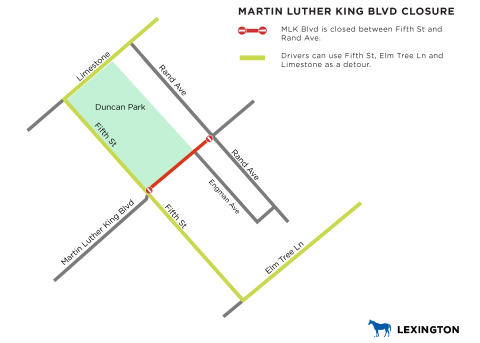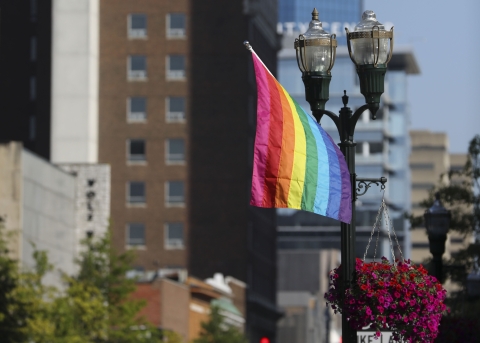
What would you consider a prairie region of the US? Kentucky is probably not the first state that comes to mind; often it's states like the Dakotas, Nebraska, or Kansas are most associated with the prairie ecosystem. It might be surprising to learn that around 3 million acres, or more than 10% of the state, was native prairie before European settlement. Today less than 1% of it remains, but awareness is growing about the importance of restoring this essential piece of our natural heritage.
So what’s a prairie? You probably already have a picture in your head, and it's probably correct--lots and lots of tall grass. So it might seem like you can just stop mowing your lawn and have a prairie in a couple weeks. Unfortunately it isn’t quite that easy. Yes, a prairie is just a bunch of tall grass—but as it turns out, not all grass is created equal. Grass species fall broadly into two separate groups: cool-season grass and warm-season grass. Most turf grass, like Kentucky bluegrass and fescue, are cool-season species. These grow best in the spring and fall, and are tolerant to low temperatures. That’s why your lawn stays green(ish) after your vegetable garden and flowers die back in the fall. Prairies, on the other hand, are made up of Kentucky’s native grasses, which are warm-season species. They grow best during the hot summer months and are generally drought-tolerant.
One of the most important thing about warm-season grasses is hidden below the surface. Your average turf grass has a root system less than a foot deep—think of anytime you’ve had to dig in your yard. Native warm-season grasses have a much deeper roots. One common Kentucky species, switchgrass, has a root system that extends up to 9 feet under the ground! Why is this important? One most famous example of what can happen when you remove these massive root systems is the Dust Bowl of the 1930s, where the removal of native prairie grasses for agriculture was a major factor in destabilizing the topsoil. Usually it’s a lot more subtle, such as erosion damage in lawns, medians, and city parks. With their huge root systems, warm-season grasses can head off erosion problems before they even have a chance to get started.
In the next installment of the Bluegrass in Your Backyard, we’ll be exploring warm-season grass planting from a literal bird’s eye view to learn why prairie habitat is so important to our Kentucky wildlife!



